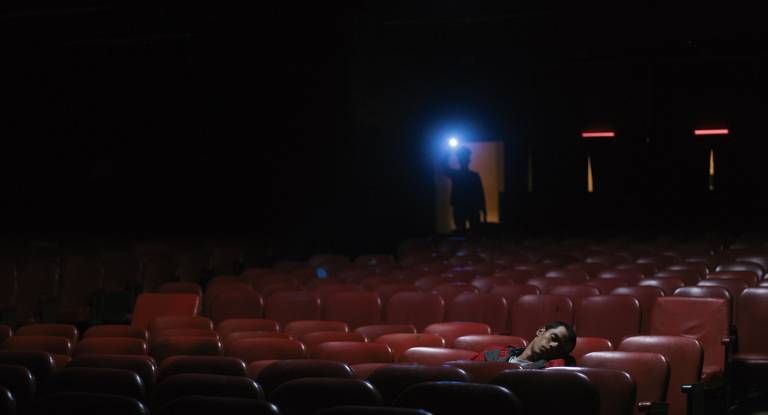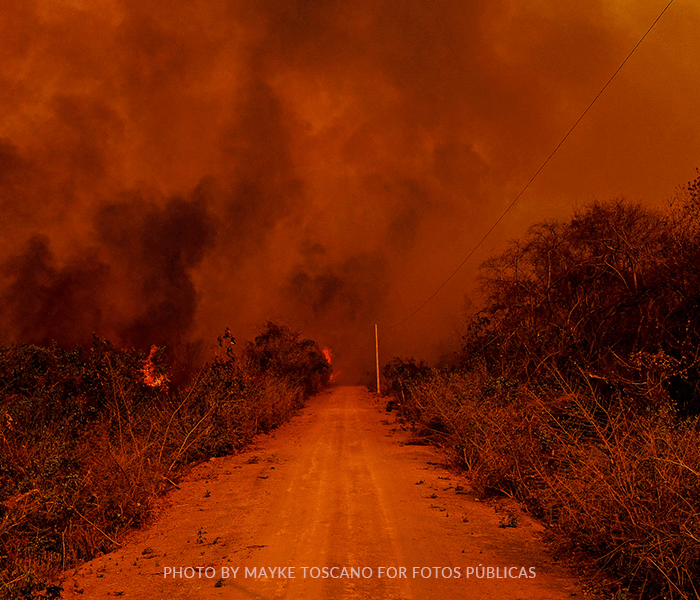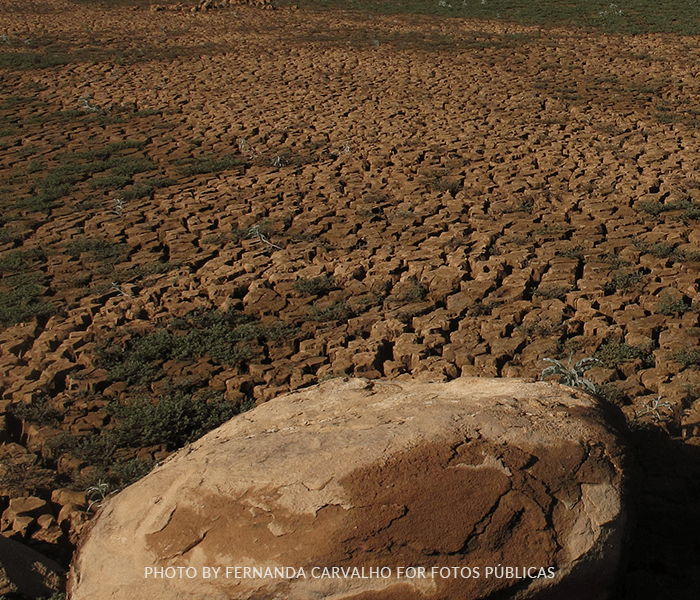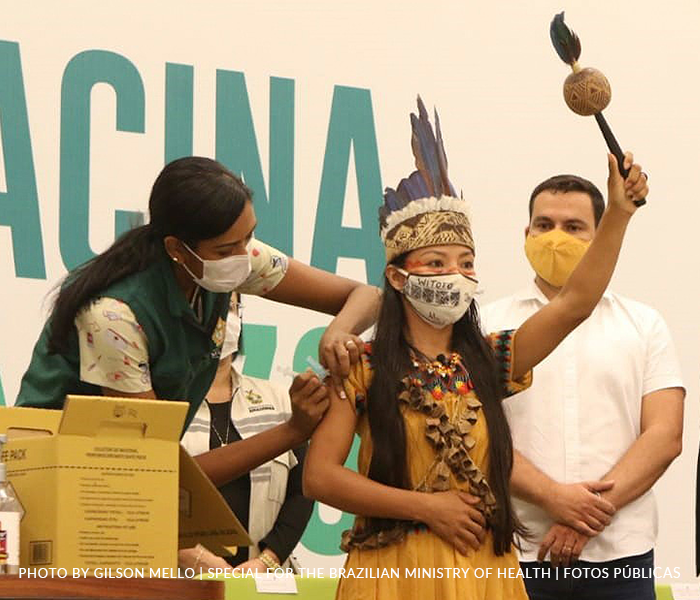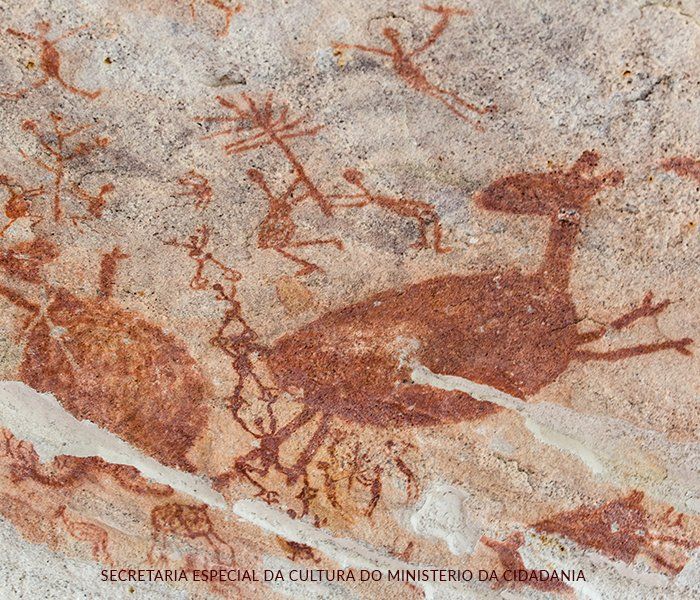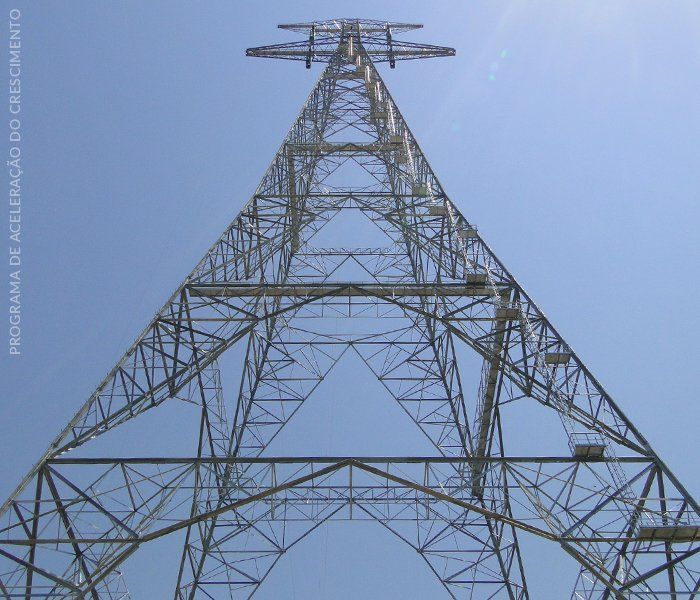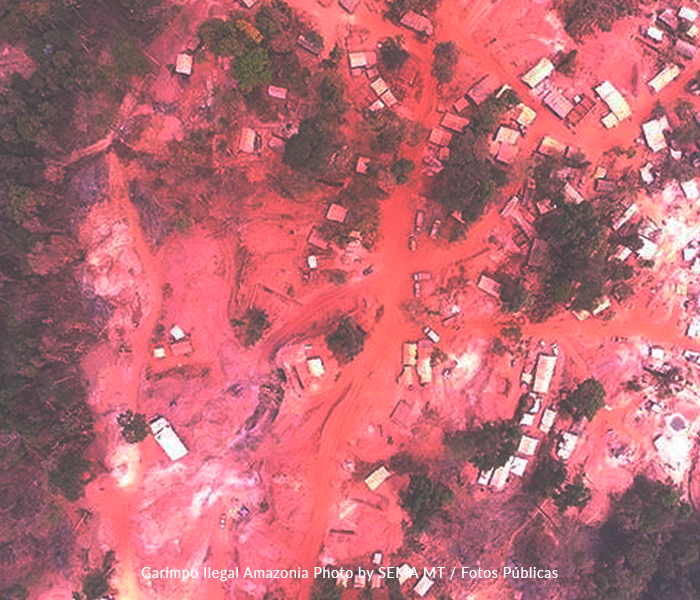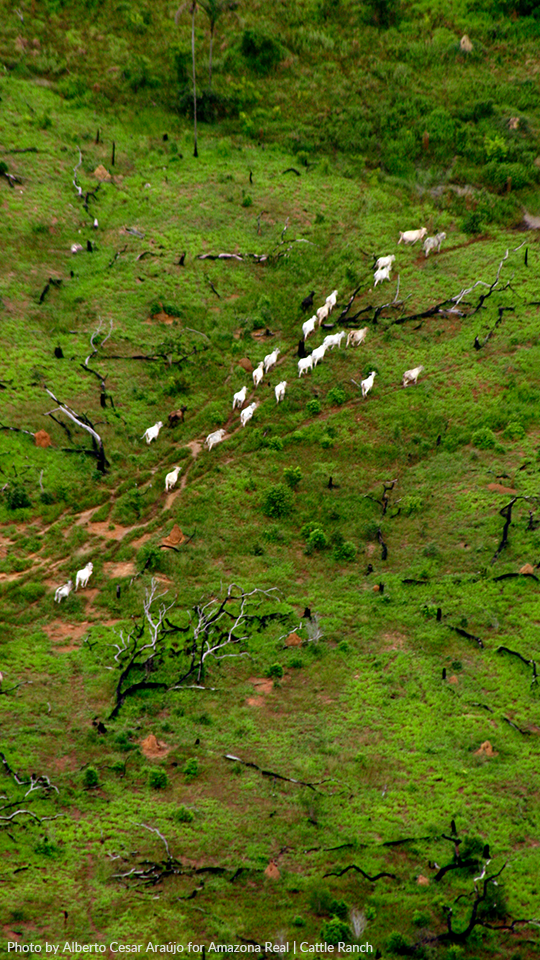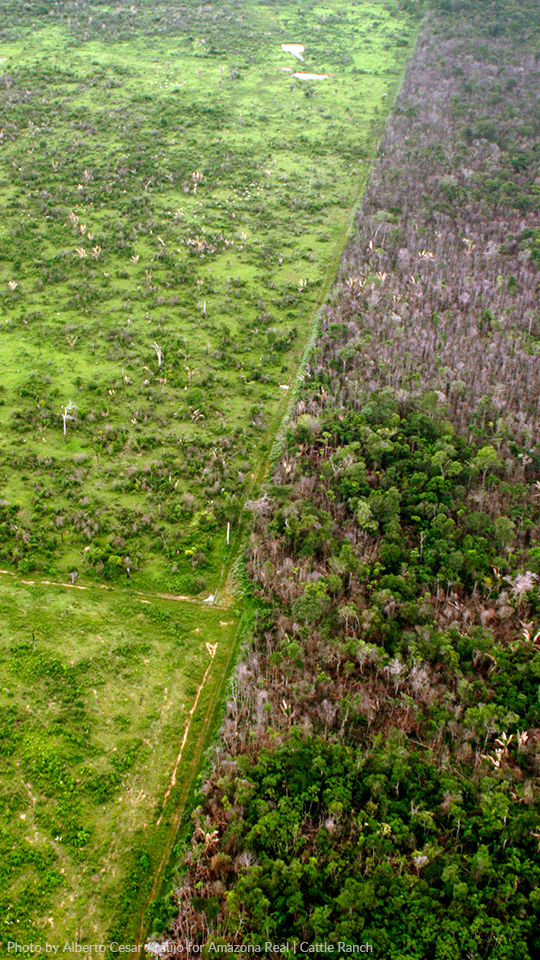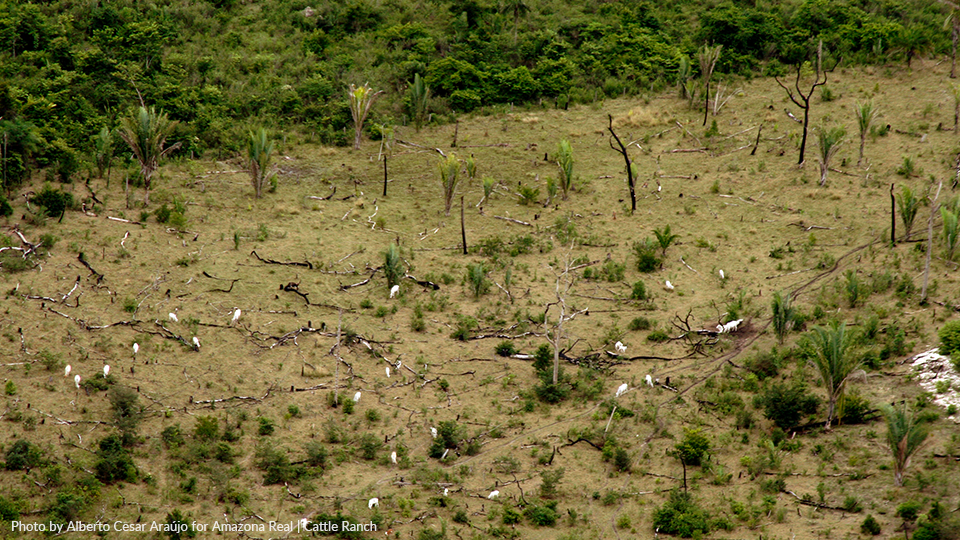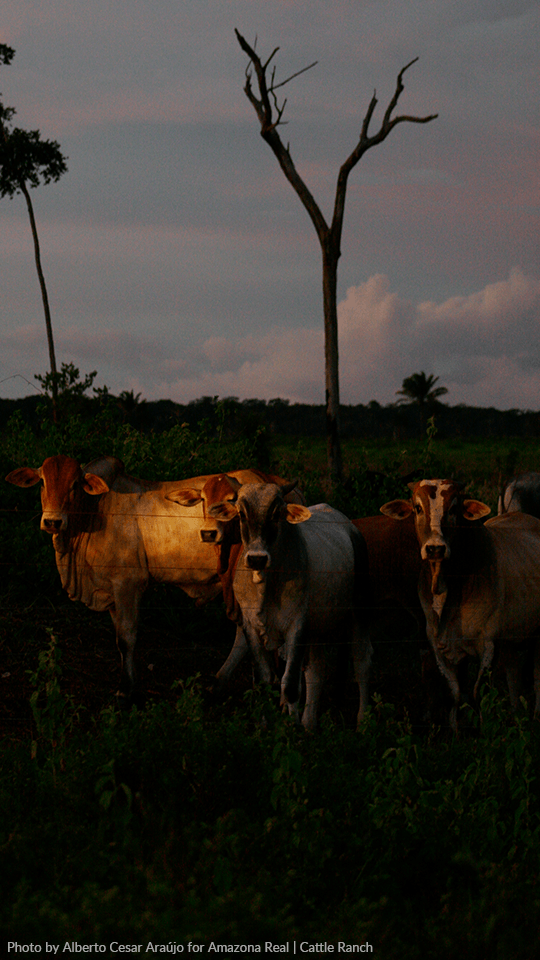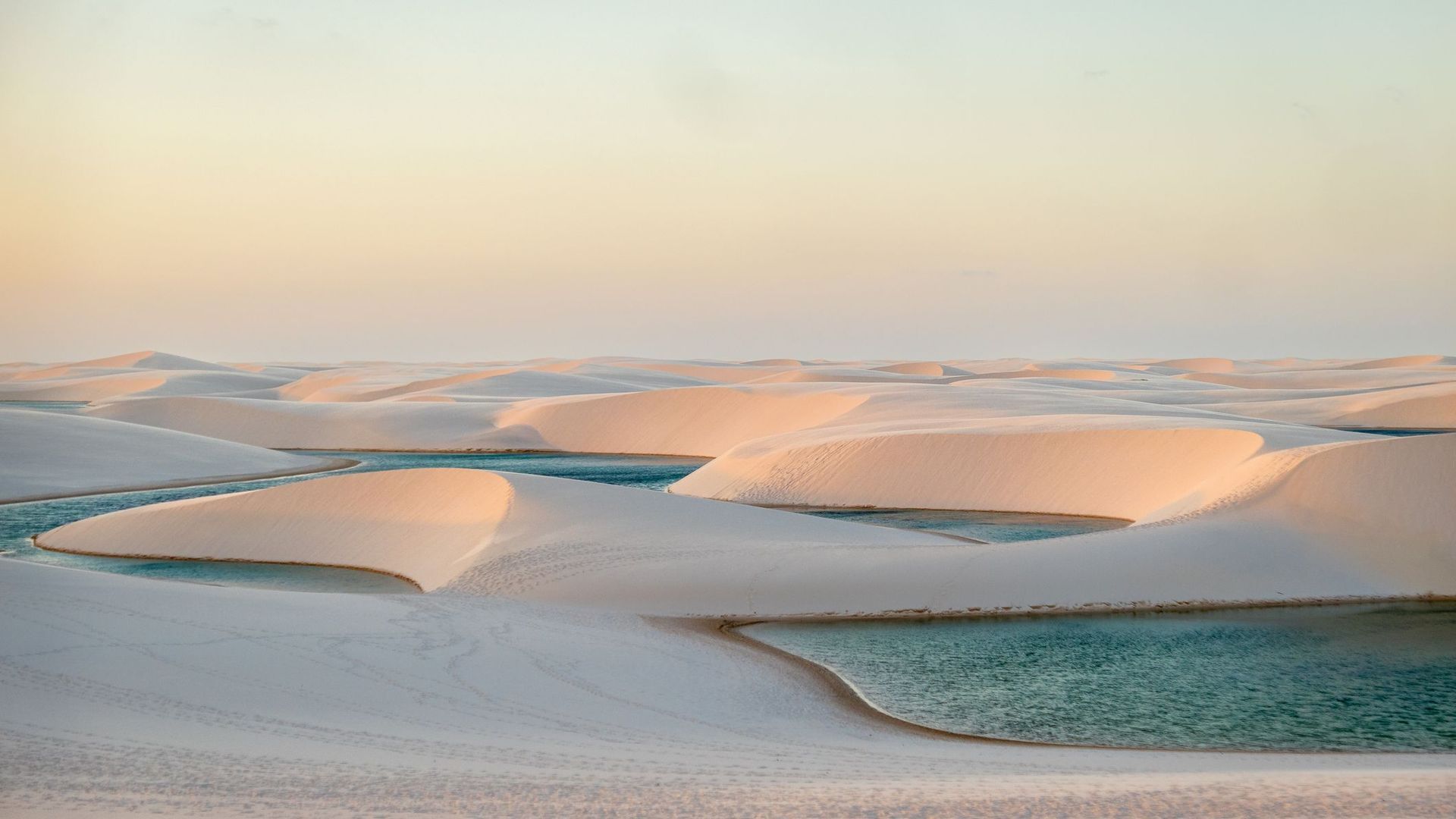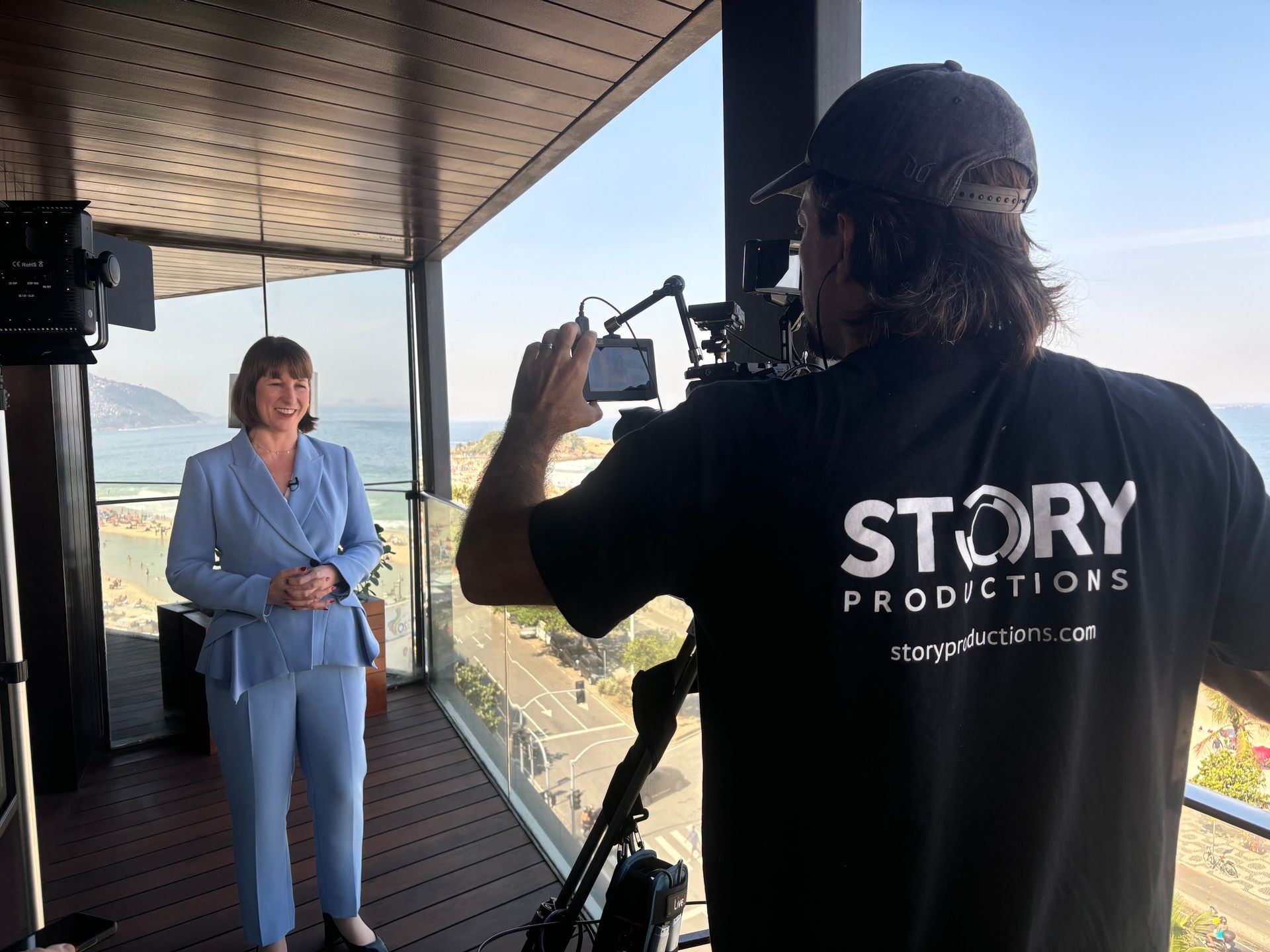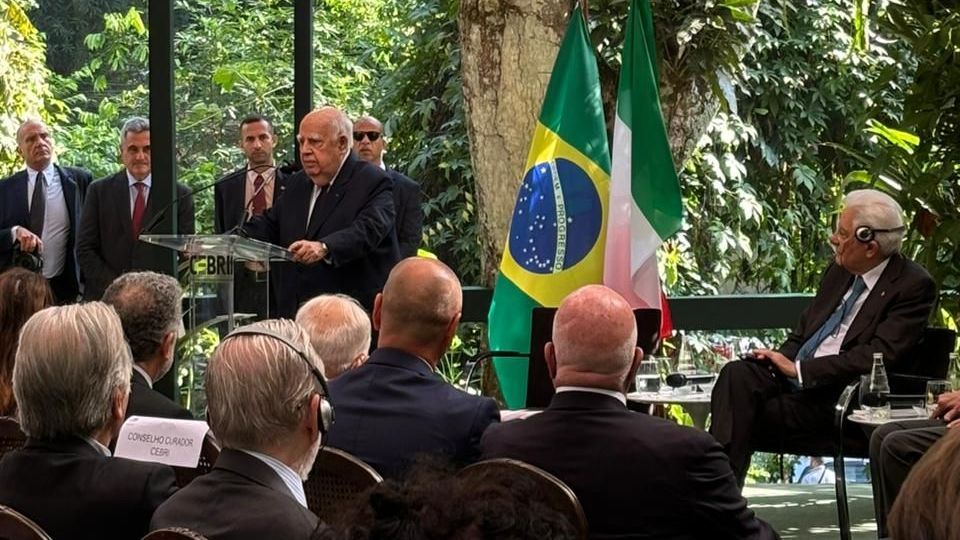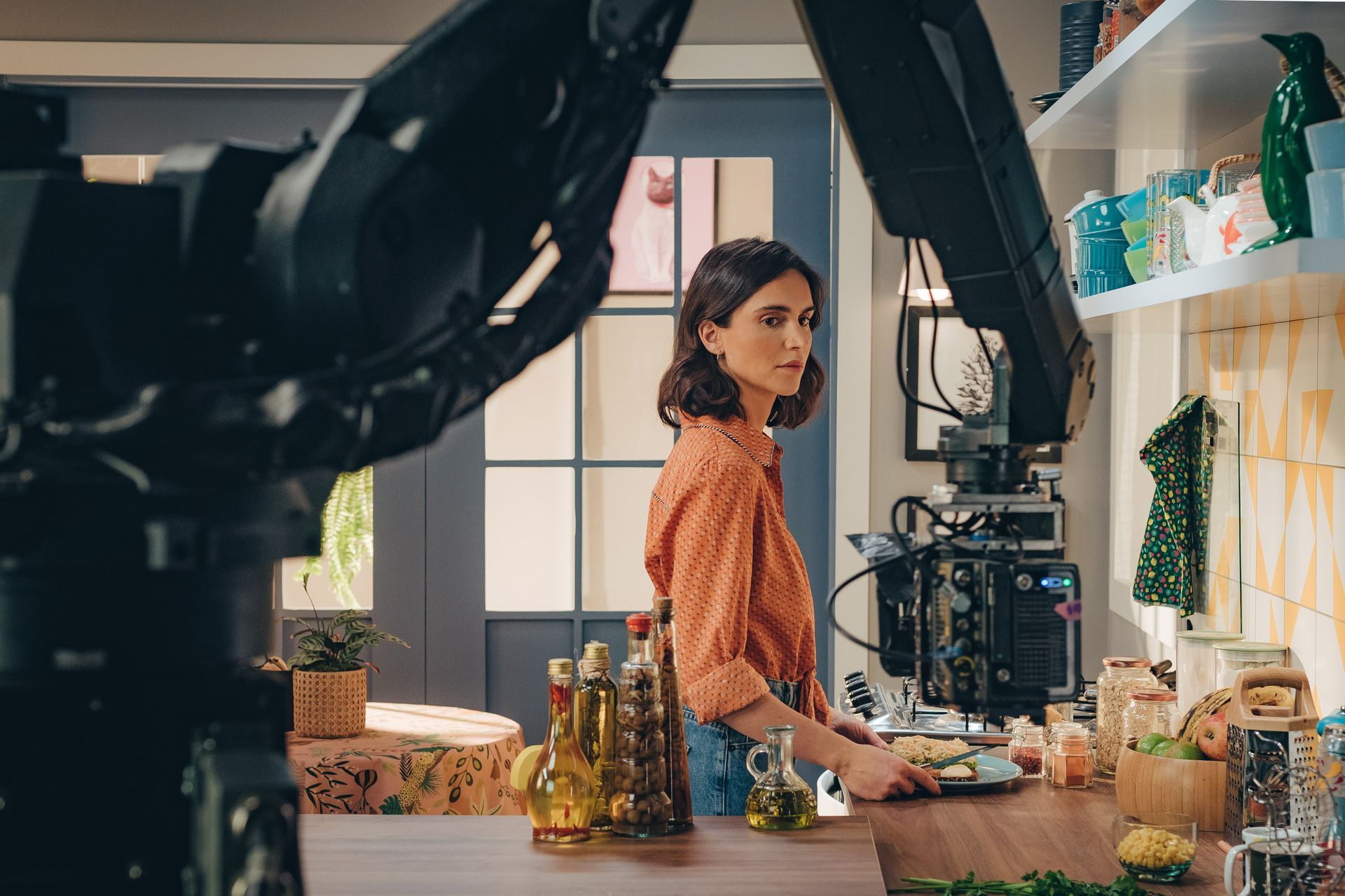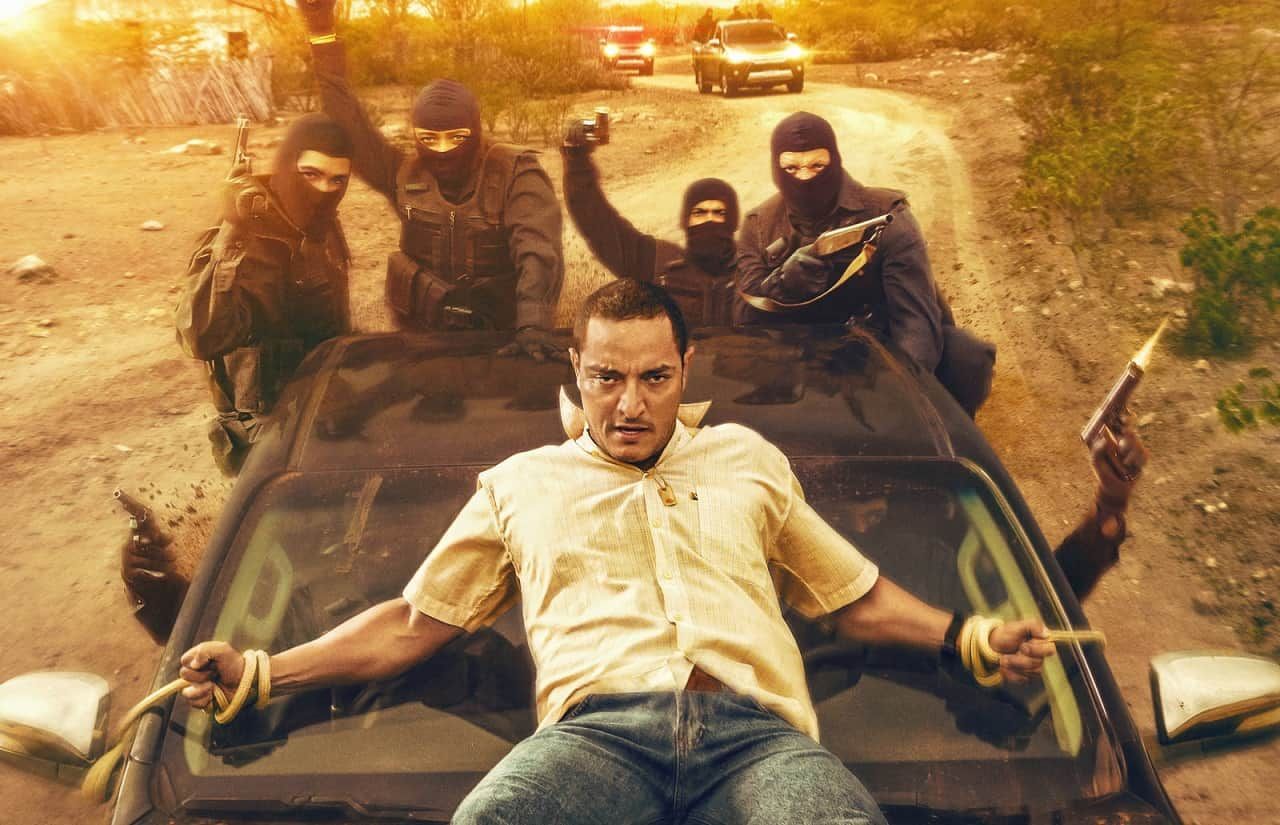Brazil Spotlight: "São Félix do Xingu: the leader of greenhouse emissions in the Amazon"
Growth in the head of cattle has made the municipality of São Félix do Xingu in the Amazon the largest contributor of greenhouse gases in Brazil, emitting more than the whole of Chile
With few industries and modest vehicle traffic, the municipality of São Félix do Xingu—in the Amazon’s Pará state —is now the largest emitter of greenhouse gases in Brazil. This is due to the conversion of forests into grassland and an increase in the head of cattle to 2.5 million. On the banks of the Xingu River, the city of São Félix is surrounded by large indigenous territories and unprotected nature reserves that are at the epicenter of deforestation in the Amazon and Brazil.
A study by the NGO Observatório do Clima analyzed data collected on the greenhouse gas emissions of all 5,570 Brazilian municipalities—an unprecedented broad spectrum review. Of the ten municipalities that contributed most to global warming between 2000 and 2018, seven are located in the Amazon. The three municipalities outside the Amazon are São Paulo, Rio de Janeiro and Serra—a centre for steel-making in Espírito Santo state.
Since 2004, Brazil has been the world’s largest beef exporter. São Félix do Xingu, with 130,000 inhabitants spread over an area of 84,000 km2 (roughly 52,000 mi2) of forest and pasture, is home to the largest number of cattle in Brazil. The Observatório do Clima study shows that, in 2018, the municipality emitted 29.7 million tons of CO2 equivalent (a measure used to compare the emissions from various greenhouse gases on the basis of their global-warming potential) into the atmosphere.
This was caused by deforestation and cattle ranching—mainly methane gas produced by the cattle’s digestion. The study analyzed 100 sources of emissions across several sectors: energy, transport, industry, agriculture, waste treatment, changes in land use and forests.
In Brazil, the biggest cause of global warming is deforestation and livestock. Only China, the United States, the European Union, India and Russia rank higher globally as greenhouse gas emitters. According to the World Resources Institute ranking, if São Félix do Xingu was a country, it would rank globally ahead of Chile, Uruguay, Norway, Croatia, Costa Rica and Panama.
The emissions generated in São Félix would be even greater were it not for the rainforests that remain standing in the region. These absorb 10 million tons of CO2 equivalent from the atmosphere each year. The municipality has long been the ancestral territory of indigenous peoples such as the Kayapó, the Arara, the Parakanã, the Araweté and the Asurini.
Founded in 1900, São Félix was an important producer of rubber (until 1914) and Brazil nuts. In 1958, the opening of the Belém-Brasília road attracted thousands of northeastern migrants to the region, leading to the cutting and burning of forests, the establishment of farms and the spread of hardy Indian-origin Zebu cattle.
In a region lacking commercial markets and basic transit infrastructure, livestock quickly became the cheapest, easiest and most profitable predatory economy. Cattle can swim; they don't need bridges. In 1976, the opening of the PA-279 road linking São Félix to Xinguara brought an influx of migrants and a boom in livestock herds and deforestation, which now drive its economy.
"In Brazil, the biggest cause of global warming is deforestation and livestock. Only China, the United States, the European Union, India and Russia rank higher globally as greenhouse gas emitters."
Livestock expansion has accelerated in recent decades, turning razed forests into pasture. Between 2000 and 2018, the municipality's head of cattle increased 231 per cent, from 682,000 to 2.2 million, with a further 300,000 cattle estimated to have been added to that stock between 2019 and 2021.
In 2019 alone, the amount of forest burned and felled in the municipality was 9,200 km2 (or about 5,700 mi2, 10 per cent of its total area); one third of deforestation in the Amazon that year. Currently, cattle outnumber São Félix residents by 200 to 1.
The municipality's GDP per capita ranks 19 among the 114 municipalities in Pará state.
Several efforts are being made to reduce greenhouse gas emissions: halting deforestation, introducing techniques for soil management, and introducing more sustainable agricultural methods.
An experimental project developed in the region by NGO
Imaflora demonstrated that agricultural enrichment and integrating forest systems—in their study, they planted cocoa—with pasture can reduce the emission of greenhouse gases per hectare by approximately 66 per cent.
The state-owned agricultural research agency EMBRAPA (Empresa Brasileira de Pesquisa Agropecuária) has developed techniques for recovering degraded pastures: replanting trees and implementing silvopastoral cattle management, allowing a 120 per cent increase in cattle stock without further deforestation, giving farmers an additional advantage.
"Currently, cattle outnumber São Félix residents by 200 to 1"
The coordinator of Climate and Agriculture at Imaflora, Renata Potenza, argues that Amazonian agriculture “has great potential to reduce greenhouse gas emissions by meeting the value demands of agriculture.” The organization intends to expand the “Forests of Value” programme, which combines the reduction in emissions with an increase in agricultural productivity, in São Félix as well as on the north bank of the Amazon River.
For Renata, the initiative to measure the emissions of each Brazilian municipality is “an important step towards understanding the opportunities of the agrarian sector in the face of the climate emergency and the transition to low carbon agriculture.” According to EMBRAPA, there are currently 610,000 km2 (about 379,000 mi2) of pasture in the Amazon, an area larger than France or Kenya. Almost half of the land is degraded, damaged or eroded.
"Amazonian agriculture has great potential to reduce greenhouse gas emissions by meeting the value demands of agriculture.”
Greenhouse emissions in São Félix do Xingu were revealed around the same time the Brazilian Senate discussed Bill 510/21 in Congress, which proposed to regularize illegal properties located on federal land in the Amazon, opening space for more agrarian expansion. In April, the Bill was withdrawn under strong criticism. A few days later, over 30 different supermarket chains and European food producers, such as Tesco, Sainsbury, Aldi and Marks & Spencer, released a letter criticizing Bill 510/21 and threatened to boycott Brazilian agricultural products. The pressure on deforestation in Brazil is growing.
About Brazil Spotlight
Every month, Story Productions publishes a new Brazil Spotlight column by Ricardo Arnt, a Brazilian journalist and author with more than forty years experience. His works include director of Planeta magazine and TV Bandeirantes, editor of Exame magazine, Folha de São Paulo and Superinteressante (published by Editora Abril), and international editor of Jornal Nacional on TV Globo.
Subscribe to our newsletter and be one of the first to read the latest Brazil Spotlight column. From the economics of sustainability to deforestation in the Amazon, Ricardo will be tracking down the most interesting, topical stories one step ahead of the news cycle. We want to inspire TV producers and researchers around the world with inspirational ideas for their next production.
Learn more about the author behind our serial column. Send topic suggestions to press@storyproductions.com. Interested in covering something you've read here? Get a quote for your next production in Brazil.
Related stories
Brazil Spotlight archive
Share this story:
Get the latest news straight into your inbox!
Contact Us
Read another story
